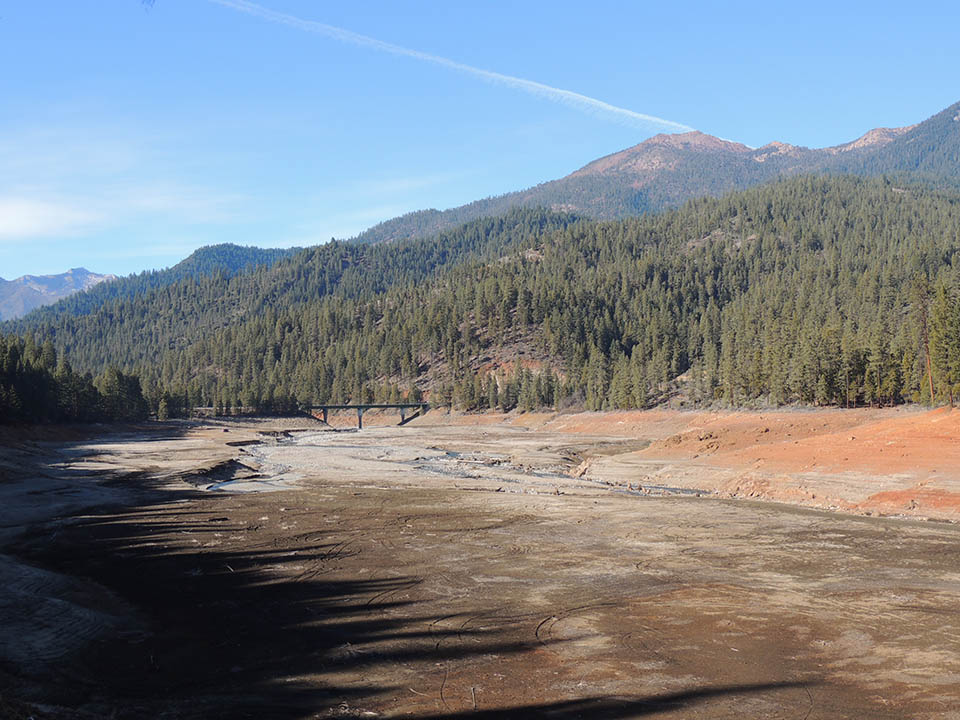Global Warming Brought on California's Severe Drought

California's severe and ongoing drought is just a taste of the dry years to come, thanks to global warming, a new study finds.
"California's warming trend is driving an increase in the risk of drought," said study co-author Daniel Swain, a doctoral student in climate science at Stanford University in California.
A dry year does not always trigger a drought, even in the arid West. But the new report finds that dry years are now more likely to hit during long heat waves — and human-caused climate change is to blame, the researchers said. [The 5 Worst Droughts in US History]
"Warming in California has made it more probable that when a low precipitation year occurs, it occurs in warm conditions and is more likely to produce severe drought," said lead study author Noah Diffenbaugh, an associate professor in the School of Earth Sciences at Stanford. "That warming would not have occurred without greenhouse gas emissions."
Heat and low precipitation are a deadly combination in California, which relies on winter rain and snow to fill its rivers and reservoirs. The state is now entering its fourth year of severe drought conditions, with an estimated economic impact approaching $2 billion, according to a University of California, Davis report. And 2015 won't see much relief: The snowpack is trending at record low levels because of high temperatures and low snowfall. Warm temperatures also cause more water loss and evaporation from soils and reservoirs, Swain said.
The researchers looked at historical temperature and precipitation records to find out whether drought conditions were more likely to hit during warm or cold years in the past. There was no change in the frequency of dry years during the 120-year record, they reported. But dry years were twice as likely to trigger a severe drought if they occurred during warm years instead of cold years, according to the study, published today (March 2) in the journal Proceedings of the National Academy of Sciences.
And global warming has tipped the odds, making warm years more common and sparking more droughts. There were six drought years in the past 20 years (1995-2014), compared to 14 drought years in the previous 98 years (1896-1994), the study reported.
Sign up for the Live Science daily newsletter now
Get the world’s most fascinating discoveries delivered straight to your inbox.
California's drought risk will only increase in the coming decades, with the predicted global temperature spike of 3.6 degrees Fahrenheit (2 degrees Celsius) later this century, the study concluded. California sweated through its hottest year on record in 2014, according to the National Weather Service.
"California appears to be on the cusp of a condition in which all years are warm or severely warm," Diffenbaugh told Live Science. "Even if there is no change in precipitation, all years will be a drought risk."
Follow Becky Oskin @beckyoskin. Follow Live Science @livescience, Facebook & Google+. Originally published on Live Science.










